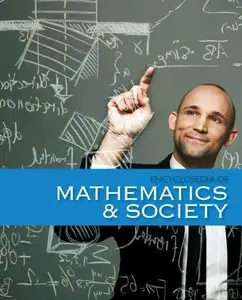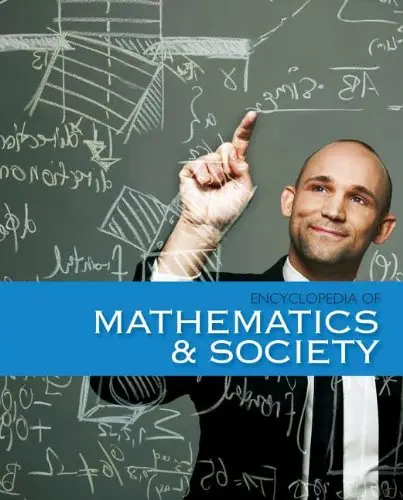The Encyclopedia of Mathematics and Society by Sarah J. Greenwald and Jill E. Thomley
English | ISBN: 1587658445 | 2011 | PDF | 1191 pages | 17,7 MB
English | ISBN: 1587658445 | 2011 | PDF | 1191 pages | 17,7 MB
A fascinating exploration of how mathematics affects our daily lives in sociological, economic, and historical perspectives.
Mathematics is at the root of modern civilization, from measuring temperature on a frigid day to driving a car to using a digital camera enthusiasts might say applied mathematics rules the world.
The Encyclopedia of Mathematics and Society presents some 490 articles showing the math behind our daily lives, explaining to students how and why math works, and allowing readers to better understand how disciplines such as algebra, geometry, calculus, and others affect what we do every day. This outstanding reference is appropriate for both high school and undergraduate programs, making the content readily accessible to public library patrons as well.
Scope & Coverage
This academic, multi-author reference work serves as a general and non-technical resource for students and teachers to understand the importance of mathematics to appreciate the influence of mathematics on societies around the world to learn the history of applied mathematics and to initiate educational discussion brought forth by the specific social and topical articles presented in the work. The essays in this set fall into one or more of the following broad categories: architecture and engineering arts, music, and entertainment business, economics, and marketing communications and computers friendship, romance and religion games, sports, and recreation government, politics, and history history and development of curricular concepts mathematics around the world mathematics culture and identity medicine and health space, time and distance travel and transportation and weather, nature, and environment.
Organization & Format
The essays are arranged alphabetically and average one to five pages in length. The articles are written in clear language and presented in a uniform, easily readable format. Every article begins with standard, ready-reference top matter which includes the category, fields of study (such as geometry, measurements, communication) and a brief summary. The heart of the essay is anywhere from two to four pages and discusses the interconnections of mathematics, including its meaning, history and usage. Every essays ends with a detailed list of sources for further reading, and see-also cross-references. In addition, every essay is signed by the original contributor.



